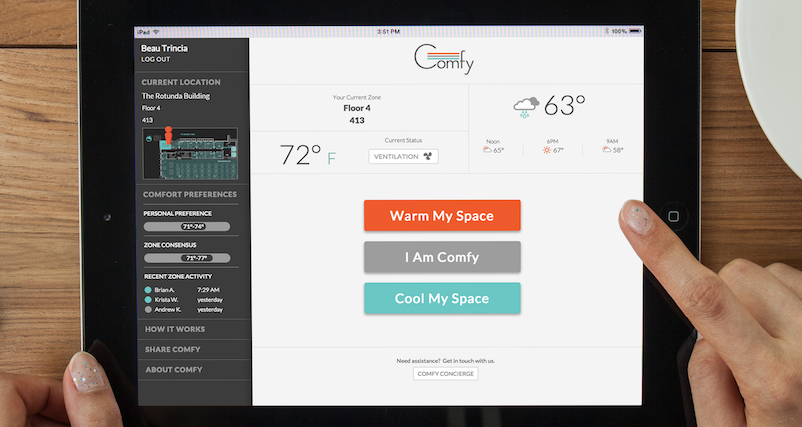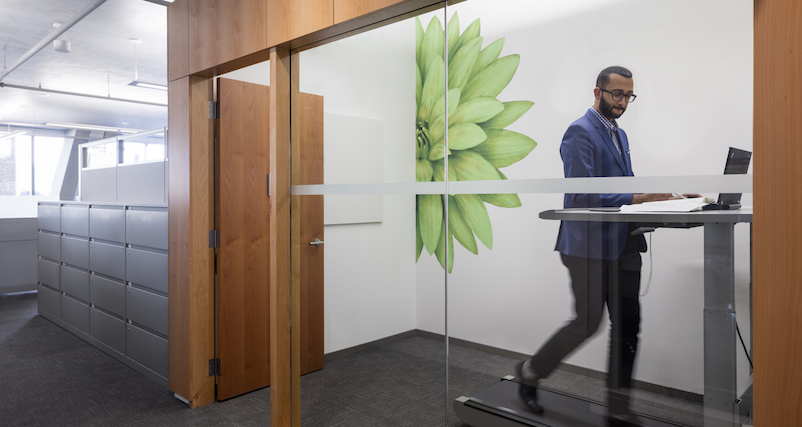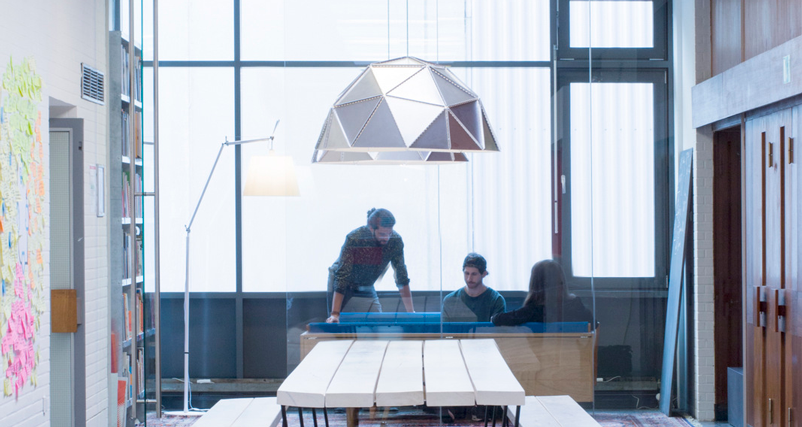Tenant improvement (TI) allowances are becoming a major selling point as landlords compete to attract tenants and companies compete for talent. A key piece of a lease negotiation, the TI allowance is the amount a landlord is willing to spend so that the tenant can retrofit or renovate the office space. TI packages allow tenants to customize interiors without paying for a full redesign out of pocket. The average TI package nationwide is approximately $30 - $50 per sq ft in Central Business Districts (CBDs). According to a recent JLL report on non-residential construction activity, this figure has been growing dramatically with landlords offering higher dollar-value TI packages in active markets in order to stay competitive. Between 2013 and 2015 alone there was a nationwide increase of 14.2% in TI allowances.
With so much money at stake, how can tenants make the most of their TI allowances and how can landlords effectively meet this growing demand for customization? More and more TI allowances are being invested in improvements that impact worker productivity, as well as smart building features that will future-proof spaces for the next generation of tenants.
Here are the top smart building TI projects that we are beginning to see in lease negotiations because they benefit tenants and landlords alike.
1. Smart lighting in lieu of static lighting

Smart lighting is a win-win for building owners and occupants. An intelligent lighting system enhances the indoor environment for tenants, while also enabling building managers to continuously improve processes for a building's management. Digitally connected sensors and dimming controls can provide targeted lighting and improve energy efficiency. In addition, usage data can be readily captured and analyzed to gain insights from lighting patterns and occupancy behavior for further efficiency opportunities.
2. Digital VAVs and BMS for greater controllability over temperature

Likewise, enabling smart HVAC is also appealing to tenants and building owners. With smart home technologies becoming increasingly common, employees want to have greater control over their spaces. Freezing rooms and stuffy conference rooms are no longer acceptable. By upgrading to digital VAVs connected to a building management system (BMS), building operators have a greater ability to customize the airflow and temperature in specific locations, leading to potential operational savings. Software solutions like Comfy go one step further by granting occupants on-demand control.
3. Tech-enabled phone booths or study coves

Acoustic distractions kill productivity and are among the biggest complaints in the office. Quiet areas where people can take conference calls or retreat for "heads down" time is key. They should be soundproof, wi-fi enabled, and tucked away from high-traffic zones. Tech-enabled phone booths are becoming standard in the next generation of conference room TI build-outs.
4. Walls and windows that maximize daylight

Daylight has a huge impact on making a space more inviting. Tenants are looking for naturally lit work environments and landlords are making the most of original window space and interior constructs to extend natural light. When walls and cubicles are required, the trend leans towards frosted glass and shorter walls to maximize access to daylight. In addition, smart building tech like smart blinds and electrochromic glass are crowd-pleasers that will add value to a space.
5. High-speed wiring

Is there anything more aggravating than a slow internet connection? Just last year the Wall Street Journal published an article about sleek, modern workspaces with primitive connectivity. Wes Rudes, executive director at real estate services firm Cushman & Wakefield Inc., bemoaned the widespread lack of well-managed, centralized places where new tenants could connect easily to provider networks.
High-speed wiring is the digital backbone that enables fast data and voice infrastructure. (Yeah, sending emails and making conference calls seem pretty important to running a business.) High-speed wiring is also responsible for carrying all the building data that makes smart building features possible. Investing in high-speed wiring to enable real-time communication, real-time services, and real-time integration is an absolute must to improve the occupant experience and increase a building's value for owners.
Making "smart" (pun intended!) decisions about TI packages are beneficial to both the tenant and the building owner. Investments in customized interiors that improve worker productivity and unlock smart building tech are key in attracting and retaining top employees and desirable tenants.
Want more? Subscribe to follow along and get social with #AtoZSmartBldgs.